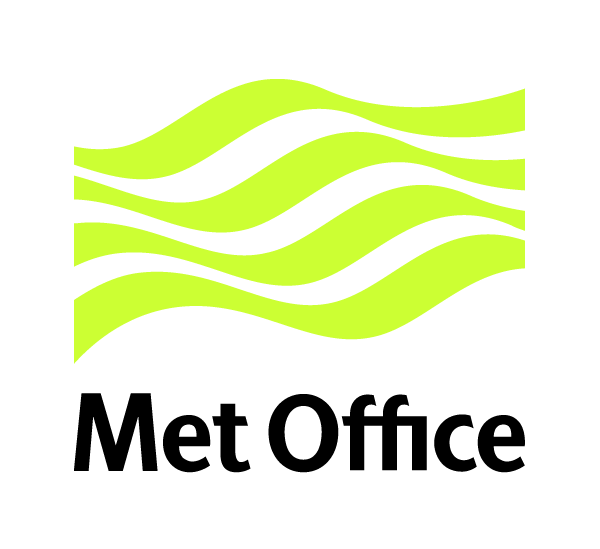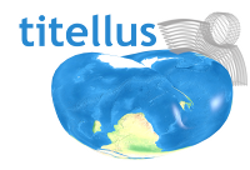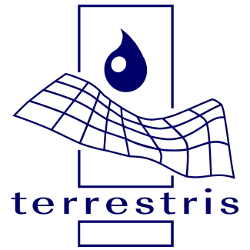Background:
We want to encourage the building of low cost sensor networks in cities, and make creative use of the data for urban research.
Observing and understanding atmospheric processes and impacts in urban areas and how they will be affected by climate change is essential for sustainable and healthy city living. Observations from climate networks have provided the most important basis for the detection and attribution of the causes of climate change to date.
Urban environments are becoming increasingly important and relevant to study since more of the world’s population now inhabit towns and cities and the part of the world’s surface covered by built-up environments is growing. Hence much more data and tools for analysing that data are required.
Traditionally, national or global networks have not instrumented urban areas, as these networks are designed to collect standardized, representative climatological measurements of the wider region for use in weather forecasting. Conventional meteorological monitoring stations in cities are difficult and costly to deploy and maintain.
The appropriate way to monitor urban environments is with a dense network of sensors making frequent measurements. With recent advances in sensor technology now make it possible to vastly improve our data collection and knowledge of urban environments.
The Birmingham Urban Climate Laboratory (BUCL) in the City of Birmingham, UK has recently created a network of over 200 sensors across the city to explore the impacts of urban heat on health, infrastructure and society. A few other urban meteorological networks now exist and links to their websites are given.
Data from these networks will be used to explore the impacts of urban heat on health, infrastructure (including transportation and energy) and society, with additional applications for adaptation and mitigation (e.g. urban design – buildings, open spaces, green roofs; resilient infrastructure), remote sensing observations and modelling.
The air temperature sensors used by BUCL are produced by Aginova Inc. who are based in the US. Due to their low-cost nature (<$100) and their ability to connect to existing networks, there is potential for a number of these sensors to be set-up with ease in other cities across the world for global comparisons.
Challenge Description:
Use existing data to explore and visualize connections between environmental measurements and other local datasets, for example health or traffic accidents.
Functional Specifications:
Compare urban heat issues in Birmingham to those in other cities.
The goal is to encourage the building of networks similar to the Birmingham Urban Climate Laboratory in other cities and to make creative use of the data for urban environment research.
Determine how the urban heat island magnitude in Birmingham compares as measured by low-cost, wireless air temperature sensors.
Develop low-cost, wireless enabled, battery powered sensors for a range of variables (temperature, precipitation, wind, relative humidity, noise, pollution, vibration, etc.) as they relate to urban heat.
The air temperature sensors are produced by Aginova Inc., who are based in the US. Due to their low-cost nature (<$100) and their ability to connect to existing networks, there is potential for a number of these sensors to be set up with ease in other cities across the world for global comparisons. Alternatively, similar low-cost air temperatures could be developed and compared with the Aginova sensor. Furthermore, there is also potential for the development of similar low-cost, wireless sensors to be developed for other variables using similar technology.
Explore innovative applications for these sensors to benefit science and society.
For temperature data, measurements must have a resolution of 0.1oC and should be collected every 15 seconds to produce 1-minute averages. For the development of sensors for other variables, specific specification would need to be agreed, or to comply with official guidelines (e.g. WMO guidelines). All data should be battery-powered and transmitted via near-real time via existing wireless networks.
Producing visualizations illustrating the data findings.
You are free to be creative in how you address the links between environmental data with other local datasets beyond the specifications given here.
Datasets
-
BUCL Sensor Network
BUCL is a high-density monitoring network that will contain approximately 100 low-cost (but high-quality), battery-powered air temperature sensors from Aginova Inc. and 25 weather stations (monitoring air temperature, relative humidity, precipitation, atmospheric pressure, wind speed and direction, solar radiation). Near real-time data is transmitted across existing wireless networks back to central servers where a range of Quality Control/Quality Assurance (QA/QC) procedures are conducted. Data from the BUCL network will be available for experimentation. Other useful resources will include satellite infrared imagery.
Note
This challenge was original presented by the Met Office as part of the 2013 NASA Space Apps challenge. We’re interested in the possible solutions that could be suggested by the FOSS4G community.




































